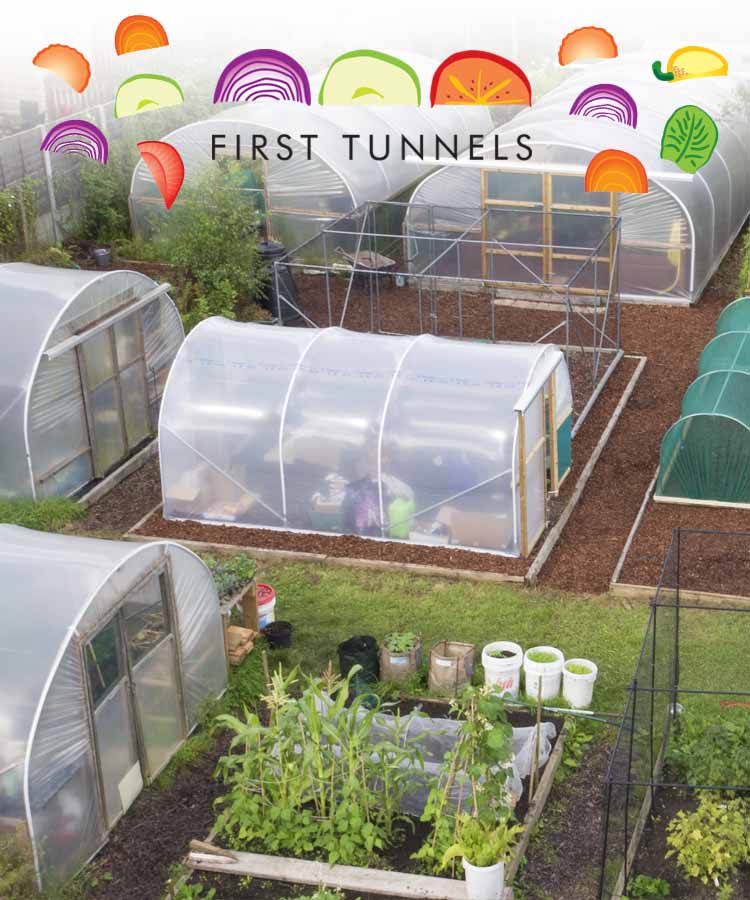Getting the growing medium right in your polytunnel is key to growing your own. The plants that you grow depend on fertile soil conditions to grow and thrive. Plants need nitrogen, potassium and phosphorus, as well as a range of other nutrients. Determining where your soil falls short can make it possible to redress any imbalances and increase the yield that it is possible to achieve in your polytunnel.
There is no definitive way to determine whether your soil is low in phosphorus, but certain clues can suggest that is the case. When there is not enough phosphorus, genetic processes such as cell division do not happen as effectively. The growth of plants can be stunted and low phosphorus has been associated with a slower rate of maturation, smaller and fewer leaves.
The imbalance in rates of phosphorus uptake can also cause a build up of carbohydrates within the plants. This can cause the leaves of the plants to appear a darker shade of green. The leaves of plants low in phosphorus have also been known to turn a darker reddish or purplish colour.
Soil testing, an expensive process, is the only way to be certain that a deficiency is present in soil. This is not readily available to most polytunnel growers. If, however, you suspect a phosphorus deficiency, you can add it to the soil. Though as with any soil amendment, it is best to make changes slowly and incrementally.
You can add phosphorus to your soil in the form of bone meal or rock phosphates. But in order to make sure that phosphorus is available for the uptake of plants, it is also important to provide optimal conditions for this to take place. Keeping your soil at a neutral pH is one of the key factors in allowing phosphorus uptake. You can subtly amend the pH in your polytunnel by adding organic mulches or feeds which incorporate acidic or alkaline materials.
Keeping an eye on the health of your soil is very important. Begin by taking care of the soil and building it over time with composts, mulches and organic feeds and you will be able to improve the yield possible in even a relatively small space.
